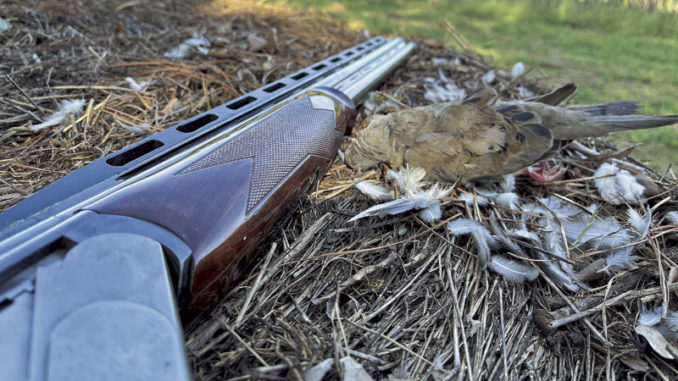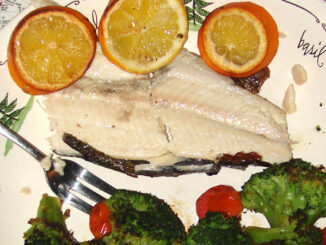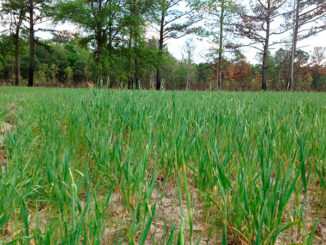
The 5-acre dove field



This lemon pesto trout recipe is almost as easy to make as it is delicious. […]

Chufa is a great crop to get in your food plots during the spring, and it will attract all types of wildlife. […]

Copyright 1999 - 2024 Carolina Sportsman, Inc. All rights reserved.
Be the first to comment